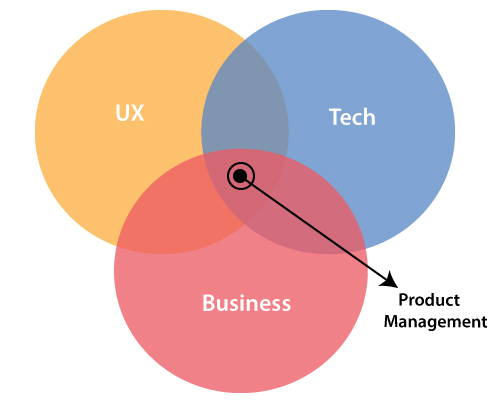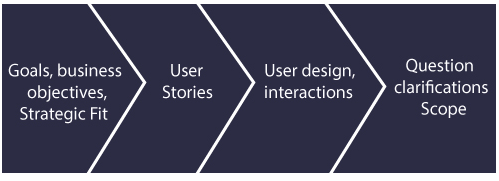Product management is the organizational function which guides every step to product lifecycle. The product lifecycle starts from development to positioning and pricing. Its focus on the product and its customer first and foremost.
The product entirely focuses on the customer. Product teams routinely ship, better designed, and higher performing product. The product team members daily work with product managers and have interviewed dozens of their role and responsibility. In product management, there is no such one way to apply any principle. Every product has its own goals and challenges which require a unique and customized approach to product management.
Factor affecting product management
Business: Product management helps teams to achieve their business objective by minimizing the communication gap between product developments, design, the customer, and the company.
User Experience: Product management concentrate on the user experience (UX) that represents the customer within an organization. Better UX is focus manifests itself.
Technology: Product management is a day to day activity in the engineering department. The accurate understanding of computer science is paramount.

What is Agile Product Management?
Agile product management is about guiding software development, product management through multiple iterations. As agile programs are more fluid than traditional approaches so that agile product management is a more flexible approach.
Agile product managers are more integrated towards technology team than business teams. The product management is supported by the management team and Product Marketing Managers to round out the product discipline. The product manager work over marketing data and business objective.
Product Roadmap
The product roadmap is a shared resource of truth. It is the outline of the vision, priorities, direction, and progress of product over time. The roadmap is the plan of action which aligns the organization around short-term and long-term goals for the product or project. The roadmap also plans how the product and project will be achieved.
The item on the roadmap should be clearly linked to your product strategy. It should also be responsive to changes in customer feedback and the competitive landscape. The product owner uses this roadmap to collaborate with their teams and build consent on how a product will grow and shift over time. This roadmap provides a team to keep everyone on the same page and gain context for their everyday work and future direction.
Tips for presenting Product Roadmaps
The presentation of the roadmap can be a tedious task for both developed and product managers. Several tips used to present the product roadmap are given below:
- Set the right context
- Consider commitments carefully
- Make realistic plans
- Think big, start small
- Build a business case
- Balance mundane with motivating
- Roll with the punches
- Be open and honest
Agile Product Requirement
Building a high and new product requires research and comprehensive planning. But a question arises from where to start? The product manager generally begins with the product requirements document (PRD).
A product requirement document defines the product that we are building. Product requirement outlines the product's ambition, its features, functionalities, and behavior.

After collecting all the product requirements, product manager shared it with stakeholders - business and technical teams. They help in building, launch, or market the product.



0 Comments